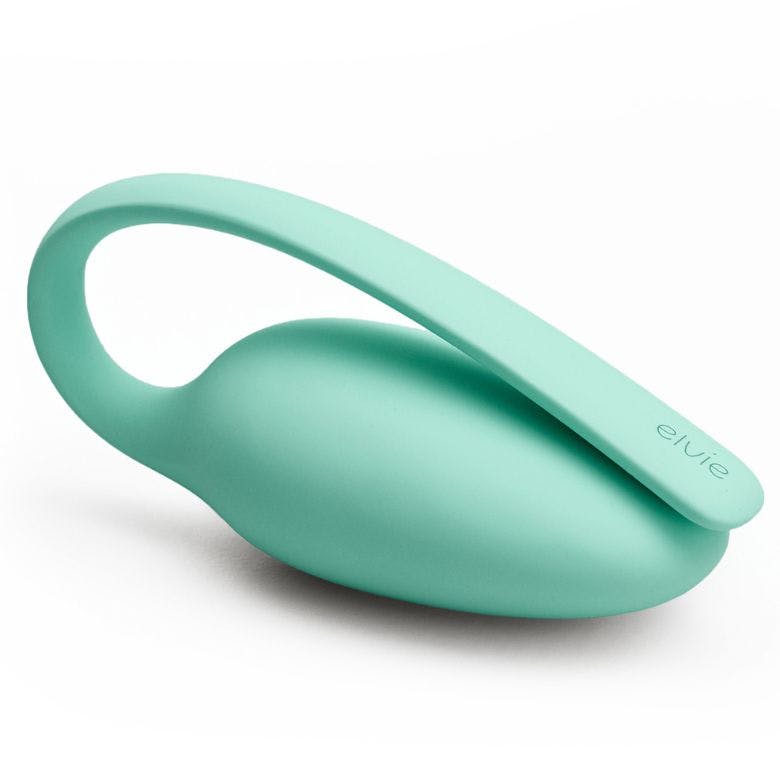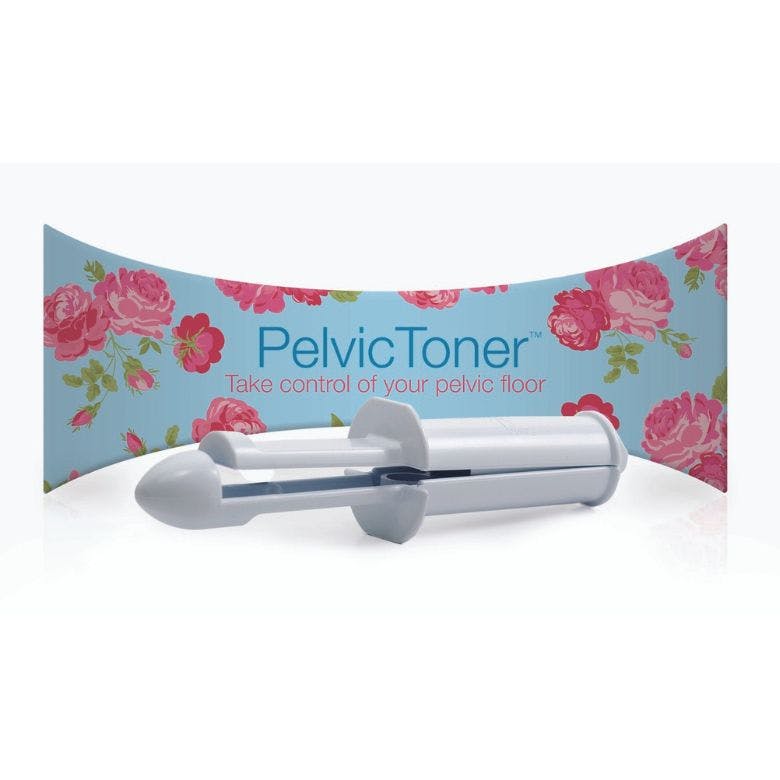Let’s Talk About Pelvic Floor Exercises For Women
4 minutes read
One thing that we might not talk about often enough is pelvic floor exercises for women. Research by Contrelle Activgard recently revealed that two-thirds of women feel too embarrassed to even kick-start a conversation around the issue, with 48% stating that pelvic floor issues had a significant impact on their confidence. But, the reality is, anyone can suffer from a weakened pelvic floor – whether younger or more mature, and whether you’ve birthed children or not. The good news is that if you suffer from pelvic floor issues, all hope is not lost. Various things can be done to strengthen the pelvic muscles, helping to ease or eradicate the problem from your life. Here, we speak to an expert to find out how.
How to Do Pelvic Floor Exercises for Women
According to Dr Paraskevi Dimitriadi, Cosmetic Gynaecologist at the Centre for Surgery, incorporating pelvic floor exercises into your everyday fitness routine significantly boost your overall health. “For 10 minutes a day, pelvic floor exercise can deliver measurable results in 12 weeks. It will help strengthen your pelvic floor, prepare for a healthy pregnancy, recover vaginal tightness after childbirth, improve bladder control and even enhance sensations during intimacy,” she says.
“A simple, straightforward yet effective pelvic floor exercise would be to lie down, put your feet flat on the floor with bent knees and inhale. Then, exhale while concentrating on pulling in your lower abs and squeezing the muscles around the urethra and vagina. Hold this for a few seconds, release and then repeat,” Dimitriadi adds.
Pelvic Floor Exercises for Pregnant Women
During pregnancy, there are many exercises you can do to support your growing baby, as your pelvic floor muscles need to stretch and relax for labour. “Pelvic tilt exercises can easily be incorporated into your routine when pregnant. This consists of tightening the abdominal muscles to help relieve lower back and pelvic pain,” Dimitriadi explains. “Kegel exercises are great for strengthening the pelvic floor muscles (the area around your vagina, bottom and bladder), as they help to prevent urinary incontinence, which is very common in and after childbirth. Other exercises include belly breathing, belly dancing on all fours, and elevators.” Dimitriadi recommends practising these exercises throughout every stage of pregnancy.
Always check with your Dr first before starting any exercise programme during pregnancy.
Pelvic Floor Strengthening Devices
Elvie Pelvic Floor Trainer, £169

Linked to an app on your phone, this discreet device allows you to strengthen your pelvic core whilst completing daily tasks. You can also track your progress on the app to tell in real-time how much stronger your pelvic floor is becoming with ongoing use.
Kegel8 Biofeed Pelvic Floor Trainer, £74.99

To use this clever contraption, a probe linked to a device allows you to measure muscle strength when inserted into your vagina. Then, the probe inflates to exercise the muscles for you – taking the guesswork out of whether you are doing pelvic floor exercises correctly and effectively.
Pelvic Toner, £27.99

This is more of a resistance instrument that allows you to build core muscle strength. It has seven resistance levels to build up to and cleverly identifies the correct muscles and areas to improve.
FAQs
Benefits of Pelvic Floor Exercises
Primarily, pelvic floor exercises will strengthen the muscles around the vaginal area. These exercises have several benefits, including making childbirth easier, decreasing the chances of incontinence, improving flow when passing urine, preventing pelvic floor prolapse and improving sexual pleasure. They can even help to strengthen support for your baby while pregnant.
How Can You Tell If Your Are Doing Pelvic Floor Exercises Correctly?
“If you are comfortable, you can conduct a self-internal examination by inserting a clean finger into the vagina and performing a pelvic floor contraction,” Dimitriadi advises. Or another way of testing is trying to stop or slow down the flow when urinating by contracting your pelvic floor muscles – like when holding in gas. If the flow successfully stops and starts, this is the same sensation that you should feel when doing a pelvic floor exercise.
How Long Does It Take for Your Pelvic Floor to Strengthen
Roughly, your pelvic floor should take around 12 weeks to strengthen. However, this depends on how often you carry out your pelvic floor exercises (daily workouts are recommended, even if you do them as you are boiling the kettle). The timeline will also depend on how weak your pelvic floor is – to begin with, your age, lifestyle and if you have given birth.
Next read: Functional Movement Exercises To Prevent Seizing Up
Sign up for our newsletter
We will keep you in the loop for special offers, exclusive gifts and product news.

